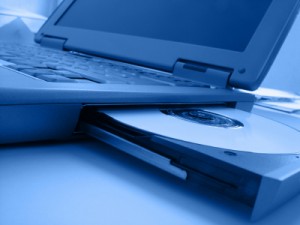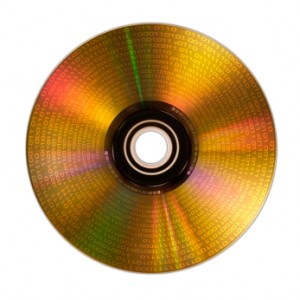These days, digital cameras are a common household necessity but with their advent, the practice of printing photos has become almost obsolete. Whilst sharing photos on networking websites and duplicating them onto CDs has become the usual practice, it doesn’t quite have the same personal touch or class as a good old photo album.
So what is the remedy?
How can we make photos personal again?
One of the most popular answers at the moment is to create a slideshow and burn that to CD. The wonderful thing about slideshows is that they can contain music, special effects, annotations and even voiceovers to make a personal, fun, digital age photo album. But to get a really good finish when you duplicate them onto CD for friends, family or even as part of a business idea, it is great to have the slideshow begin automatically when the disc is inserted into the machine. This is called an AutoRun Slideshow and I will be talking about how to create one of these in this article.
In a previous article, I gave instructions for how to make an AutoRun CD, but creating an autorun slideshow is an almost completely different kettle of fish. To program a slideshow to autorun with computer code is actually quite complicated, so I would advise the use of a piece of software to do it for you. There are lots of products on the market at the moment, some of them very expensive and others totally free, but I would recommend AutoRun Slideshow 6.1. It is a very good program with a free three week download so that you can fully test its capabilities before paying for it (a reasonable £18.72 for personal home use).
This program allows an autorun slideshow to be programmed onto your CD at no further bother to you: All you have to do is simply create your slideshow using the software, then copy the file you have made onto the CD. It should be noted that this software only work on Windows machines which run the operating system XP or newer.
The wonderful thing is, it can also be used for professional use (at a slightly higher price) so if you were wanting to use an autorun slideshow for advertisement purposes or as part of a business idea, you can use this program on a CD which can then be duplicated.
Good luck with making your autorun slideshow and duplicating it and have fun sharing your photos around in a personal, fun way!

